Introductie en historie Mercedes-Benz W140
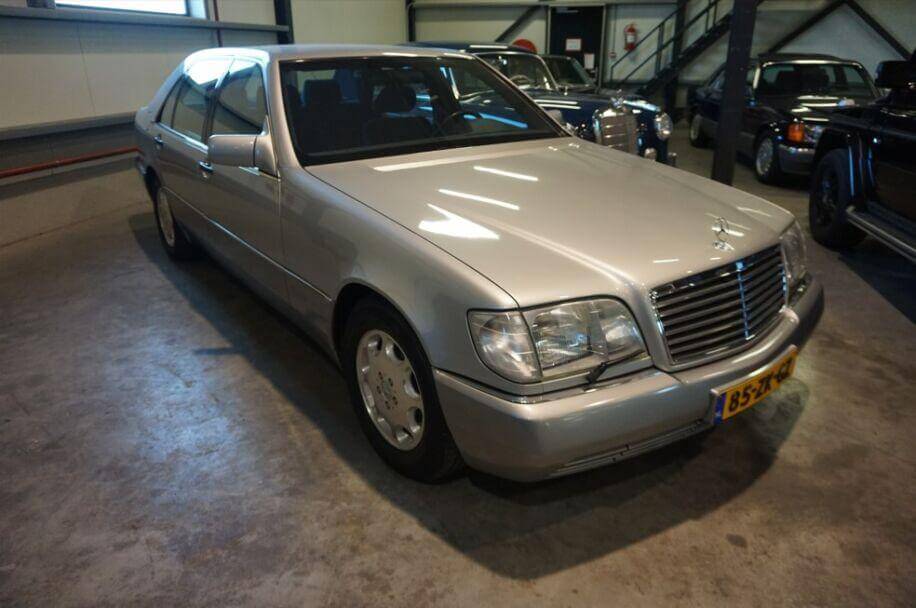
The Mercedes-Benz W140 series, internally known as the “Sonderklasse” (S-Class), was introduced in 1991 as the successor to the highly successful W126. The W140 represented a new era of engineering ambition for Mercedes-Benz, designed during a period when cost was secondary to technical excellence. It quickly earned a reputation as one of the most advanced, comfortable, and luxurious cars of its time — but also as one of the most complex.
Development and Philosophy
Development of the W140 began as early as 1981, even before the W126 had reached the height of its popularity. Mercedes-Benz sought to create a vehicle that would surpass all expectations for safety, comfort, technology, and presence. The project became famous for its “no compromise” approach.
The W140’s development costs reportedly exceeded €1 billion — an enormous sum at the time.
The car grew significantly larger, heavier, and more sophisticated than its predecessor.
It became a symbol of German engineering excellence — and excess.
Internally, Mercedes-Benz engineers referred to it as the “last true S-Class engineered without budgetary constraint.”
Design and Styling
The W140 introduced a bold, imposing design with strong, clean lines and a more massive presence than any previous S-Class.
While controversial upon release due to its size and weight, the design aged gracefully and remains iconic.
Designed primarily by Olivier Boulay under the leadership of Bruno Sacco, the car emphasized aerodynamics, solidity, and authority.
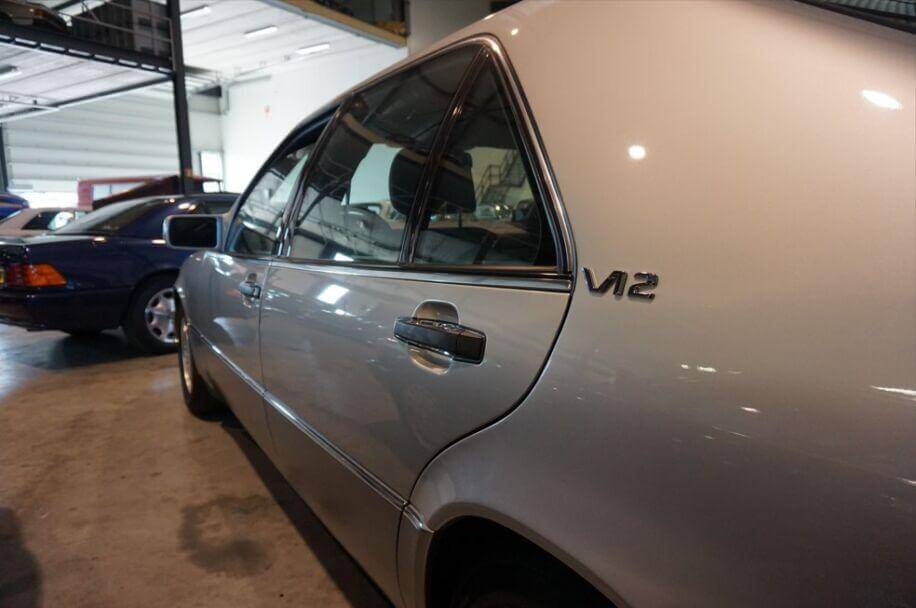
Notable exterior design features:
Large grille and wide stance.
Distinctive taillights with horizontal lines.
Double-pane side windows for superior insulation and noise reduction.
The famous “parking assist rods” that automatically extended when reversing (early models).
Innovations and Technology
The W140 introduced a long list of groundbreaking innovations:
Double-pane insulating glass for better noise and temperature insulation.
Soft-close doors and trunk (vacuum-assisted closing).
Electronic Stability Program (ESP) (introduced in 1995).
Brake Assist System (BAS).
Parktronic ultrasonic parking sensors (replacing earlier guide rods).
Adaptive damping system (ADS).
Xenon HID headlights (from 1995 facelift).
Rear power sunshade and optional rear side window shades.
Self-leveling suspension (hydropneumatic on some V12 models).
COMAND infotainment system (on late models).
Rain-sensing wipers.
Advanced climate control with rear compartment zoning.
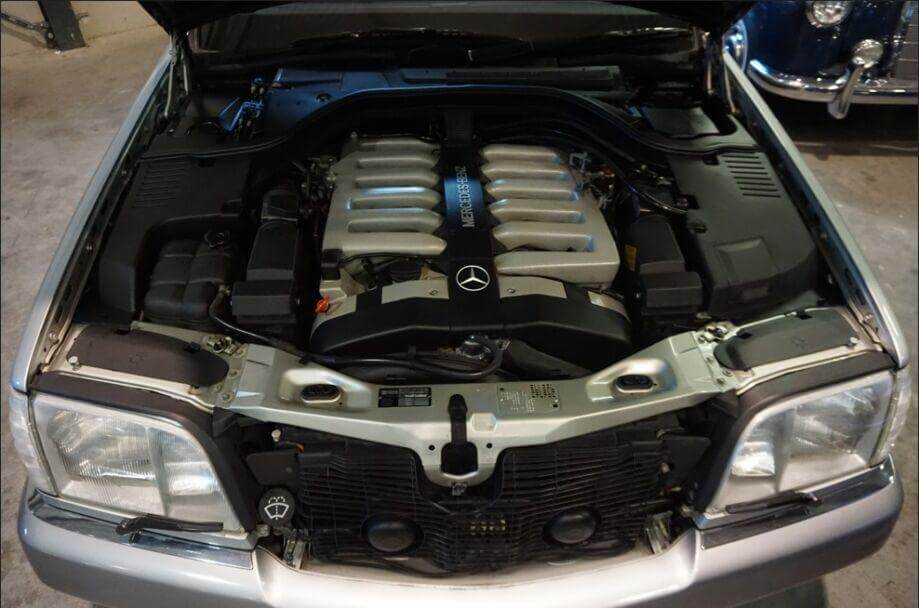
Safety Innovations
Early adoption of SRS airbags for driver, passenger, and side-impact protection.
Improved crumple zones and passenger safety cell.
Traction control (ASR) and ABS systems.
Belt force limiters and seat occupancy sensors.
Integrated child seats (optional in some markets).
Model Range and Engines
Petrol Engines:
| Model | Engine Code | Displacement | Power |
|---|---|---|---|
| 300SE/SEL (later S320) | M104 | 3.2L I6 | 231 hp |
| 400SE/SEL (later S420) | M119 | 4.2L V8 | 279 hp |
| 500SE/SEL (later S500) | M119 | 5.0L V8 | 320 hp |
| 600SE/SEL (later S600) | M120 | 6.0L V12 | 394 hp |
Diesel Engines (primarily Europe):
| Model | Engine Code | Displacement | Power |
|---|---|---|---|
| 300SD (S350 Turbodiesel) | OM603 | 3.5L I6 | 150 hp |
| S300 Turbodiesel (later models) | OM606 | 3.0L I6 | 177 hp |
The V12-powered 600SEL/S600 was the technological and luxury flagship, introducing Mercedes’ first production V12 engine.
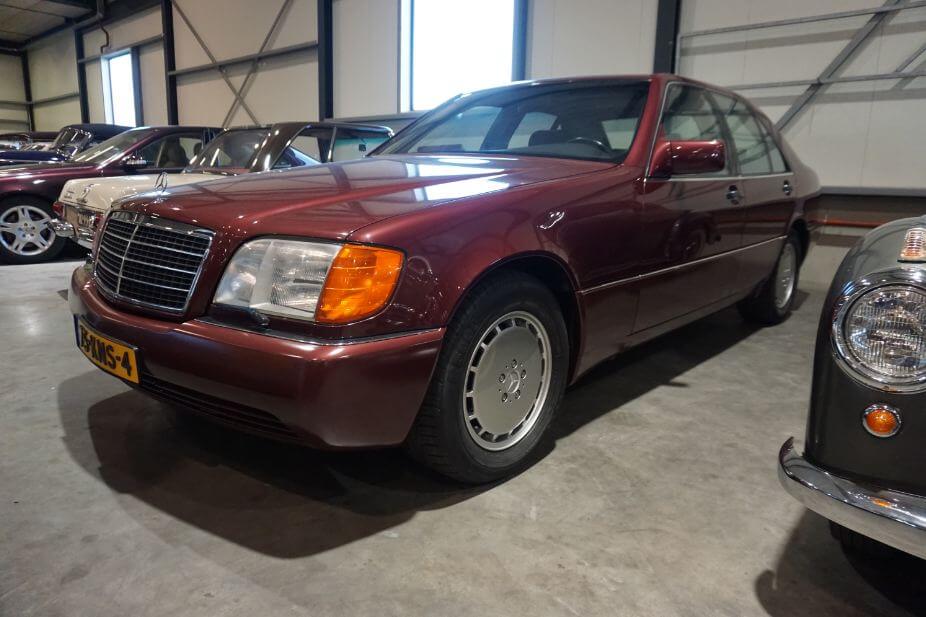
Model Designations
1991–1993: Early models used the traditional “number + SE/SEL” format (e.g., 500SEL).
1993–1999: After the mid-1993 facelift, the model designations changed to the current “S-class format” (e.g., S500, S600).
Facelift (1994–1995)
The mid-life update included:
Slightly revised front and rear styling.
Updated interior trim and equipment.
New electronic features, such as ESP and Xenon headlights.
Renaming of the model range to the modern S-Class nomenclature.

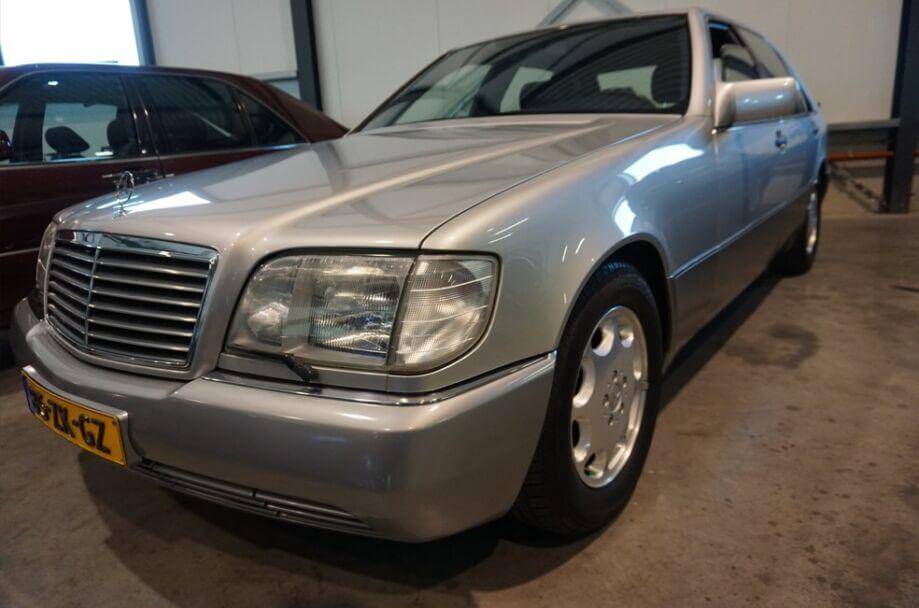
Legacy and Reputation
The W140 remains one of the most ambitious cars Mercedes-Benz ever built:
Synonymous with build quality, safety, and comfort.
Extremely advanced for its time, but also costly and complex to maintain.
Sometimes nicknamed the “Panzerwagen” for its vault-like construction.
It was the state car of numerous world leaders, including the famous Mercedes-Benz S600 Pullman Limousine.
Today, the W140 has developed a strong following among collectors and enthusiasts who appreciate its engineering, presence, and driving comfort — provided it has been properly maintained.
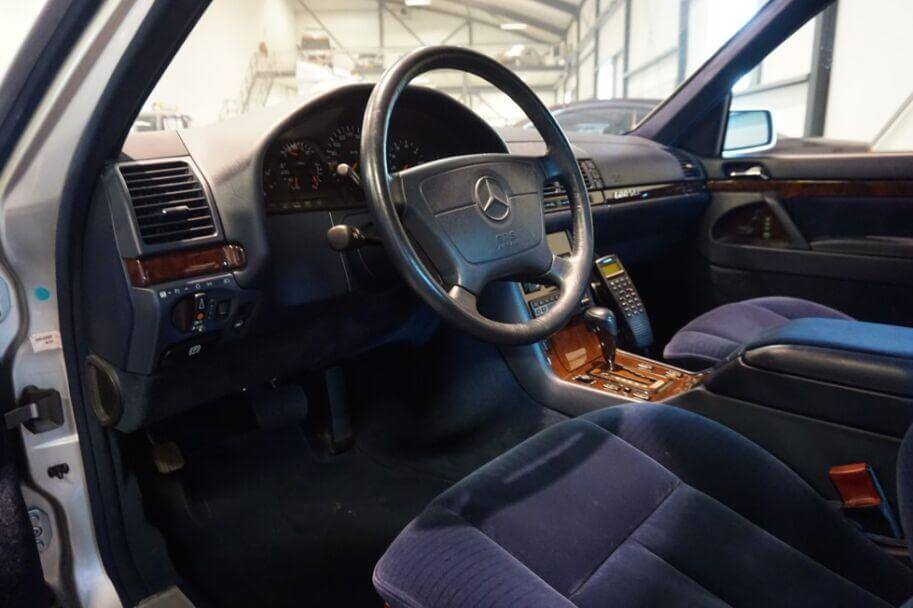
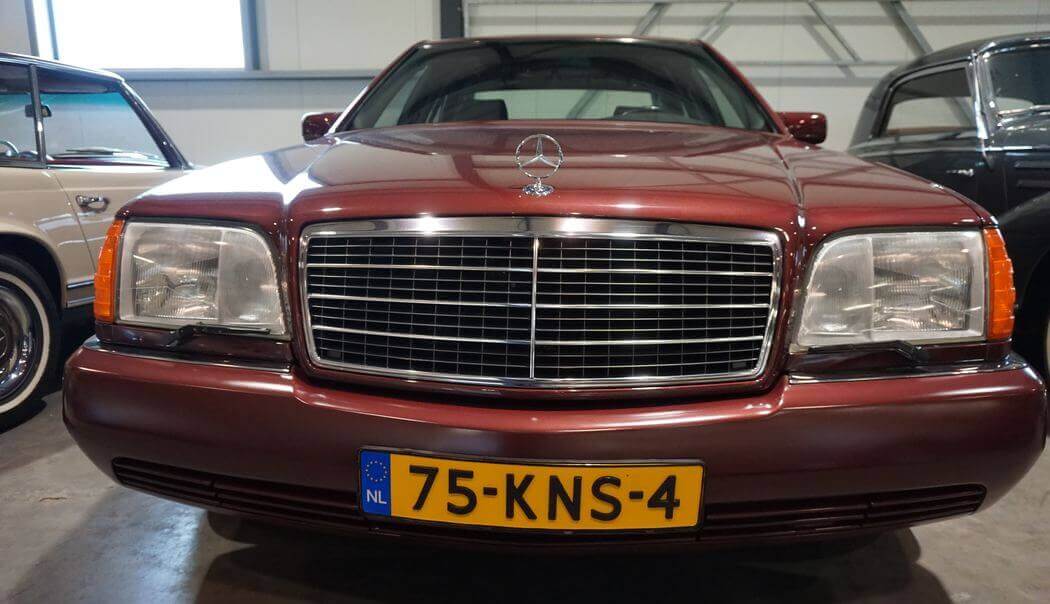
Production Period and Numbers
Production: 1991–1998 (sedan), 1992–1999 (Coupe).
Total production: approx. 432,732 units.
Sedans (W140)
Coupes (C140): SEC/CL models
Coupe (C140):
500SEC (later CL500)
600SEC (later CL600)
The C140 coupe was an exclusive and luxurious grand touring variant.